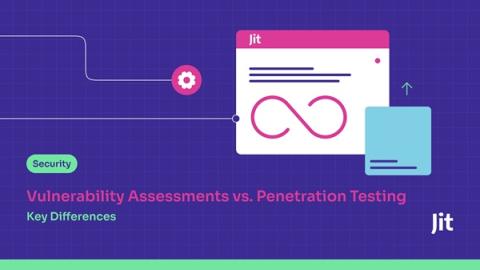Accelerating AppSec with Mend.io and Sysdig
Today at RSA Conference 2024, Mend.io and Sysdig unveiled a joint solution targeted at helping developers, DevOps, and security teams accelerate secure software delivery from development to deployment. The integration incorporates the exchange of runtime insights and application ownership context between Sysdig Secure and Mend Container to provide users with superior, end-to-end, and risk-based vulnerability prioritization and remediation across development and production environments.











